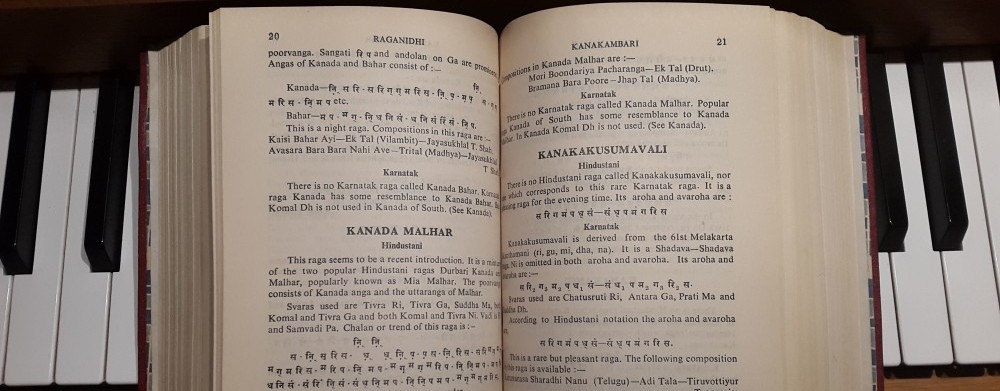I’ve finished a very interesting experiment concerning the cinematic masterpiece Faust by German director Friedrich Wilhelm Murnau. In eight videos on my YouTubechannel, all embedded below here in this post, the so-called ‘domestic version’ of the film is shown in a slightly different way than usual. For a good reason. The videos show the result of an incredible amount of editing from my part, the result of an experiment to find a way to combine the ‘domestic cut’ of Murnau’s Faust with a brilliant score, written by Timothy Brock for another version of this film, the so-called ‘export version’.
The Faust-cut for which Timothy Brock wrote his score, the ‘export version’.
———————————————————————————————————–
Now, let me show you what I’ve done and explain a little bit further how and why I did this.
An adjusted domestic Faust with Timothy Brock’s score, my edit, Part 1
F.W. Murnau’s masterpiece-film Faust was released in 1926 and there are seven known versions of the film. The most well known version is the so-called ‘export version’ with english titles, that premiered in december 1926 in the USA. The duration of the export-version is 115 minutes and 30 seconds, while the newly discovered ‘domestic version’ a couple of years ago lasts 106 minutes, the domestic version being the original ‘German print’, the one with German titles that was shown at the time in German cinema theatres.
An adjusted domestic Faust with Timothy Brock’s score, my edit, Part 2
The export print is darker and softer, lacking the detail and clarity of the domestic version. Incidentally, the differences between the export and the domestic version are considerable. There’s no difference in terms of the overall structure of scenes and storyline, but the pacing and lengths of scenes often vary greatly and there are often striking differences in the order and in the composition of shots, the domestic version certainly being the superior of the two.
An adjusted domestic Faust with Timothy Brock’s score, my edit, Part 3
Timothy Brock’s orchestral score, written for the Faust-export version is a masterpiece, a fantastic accomplishment, perfectly keeping with the operatic and epic nature of the film. The way Brock uses operatic- and leitmotif-storytelling and storydeveloping techniques in his music for the export version of the film is absolutely stunning. But, as soon as Brock’s score is played with the domestic version, picture and sound are almost evrywhere out of sync, that is, numerous details and leitmotifs of the score then miss the point, lose their ‘iconic’ meaning and strength and simply can’t work as they do so perfectly in the export version.
An adjusted domestic Faust with Timothy Brock’s score, my edit, Part 4
Isn’t it possible then to combine Brock’s music with the greatly cut and very clear print of the domestic version? The answer is ‘no’ when you play the music along with the domestic film in its original speed. The answer is ‘yes’ (that is, in my opinion) if you manage to adjust the speed of numerous sequences of the domestic film. Only when countless sequences are ‘manipulated’ in terms of duration the music is able to work once more on the pictures (and vice versa) as it does in the export version.
An adjusted domestic Faust with Timothy Brock’s score, my edit, Part 5
Now, I took it as a challenge to try to make Brock’s music work as well in the domestic cut version of Faust and with this aim in mind I’ve edited the complete domestic Faust.* I think the result of my editing is quite interesting and after the changes I made in the duration of countless sequences – a time consuming job that requires precision and a lot of patience – I personally think this brilliant music now also works very well for the complete domestic version.
An adjusted domestic Faust with Timothy Brock’s score, my edit, Part 6
For me the result has been quite spectacular. I’ve tried to keep the duration manipulation of sequences within reasonable measures, in order to maintain as much as possible the natural look, tempo and feel of the domestic Faust version.
**
An adjusted domestic Faust with Timothy Brock’s score, my edit, Part 7
I use all of Brock’s score and all of Murnau’s film, there’s no material left out by me. Enough said, hope you’ll find this ‘experiment’ as fascinating as I do and I hope you’ll enjoy these videos.
An adjusted domestic Faust with Timothy Brock’s score, my edit, Part 8
* If one might argue there’s already published a 2dvd set of Murnau’s Faust that plays both the export version and the domestic version with Timothy Brock’s score, I’d like to remind one then once more that Brock wrote his score (in 1995) for the ‘export version’, a perfect fit. If, however, the (later discovered) domestic version is played with Brock’s score on that dvd edition – an excellent release btw, the best you can get of Murnau’s Faust – evrything is totally ‘out of sync’ almost all the time, from seconds to even halve minutes. So, the option given with that dvd-edition to play Brock’s score with the domestic version was useless, didn’t pay off in any way. Seeing the wrong outcome of Brock’s score with the domestic version on that dvd-edition made me wonder and think about an alternative and that’s how I must have come up with the idea for an experiment, the result of which can be seen in the eight edited domestic Faust-videos in this post.
** An important question to be asked and probably raised immediately by film experts and critics: does the film still look like Murnau’s Faust after my experiment? A valid question of course. Personally I think it still looks like Murnau’s film in evry way, despite the fact that I affected the original ‘domestic version’ by manipulating the duration of shots and scenes. Anyhow, my ‘adjusting’ method was inevitable to make Brock’s score work for the domestic cut.
